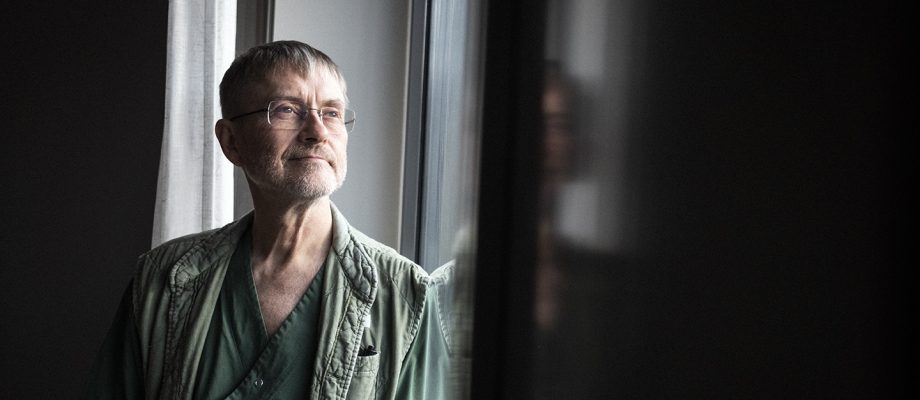APPOINTMENT. Bertil Rydenhag was recently appointed guest professor at the Medical University of Vienna, Austria. He is currently senior professor of neurosurgery at the University of Gothenburg, where he specializes in epilepsy surgery. He is also a chief physician at Sahlgrenska University Hospital.
![]() Congratulations, Bertil! What led you to being appointed guest professor?
Congratulations, Bertil! What led you to being appointed guest professor?
“My appointment is the result of long-term international work with epilepsy, both in Europe and with global organizations. I have been part of a rewarding international collaboration with Professor Karl Rössler for many years. Professor Rössler is head of the neurosurgery clinic in Vienna and vice-president of the International Epilepsy Surgery Society (IESS), where I am secretary.”

“It is an incredibly prestigious appointment that demonstrates the strength of broad international collaboration—both clinical and research-oriented. It also confirms the strong international position Sahlgrenska University Hospital holds within epilepsy surgery.” This international contact network has always guided the way for Professor Kristina Malmgren, who has been a driving force since work began at the end of the 1980s, which led to the establishment of the Center for Highly Specialized Epilepsy Care.
Work with epilepsy surgery in Vienna has driven technical development, for example they have developed a mini robot to increase precision in epilepsy surgery. We have used this very mini robot at our hospital for many years.”
![]() What is the most important development in advanced epilepsy surgery?
What is the most important development in advanced epilepsy surgery?
“There have been enormous technological advances throughout the 35 years we have offered epilepsy surgery at Sahlgrenska. We have been able to learn much thanks to longitudinal findings, especially those from studies conducted by our research groups.

I can mention a few successes. A new MRI technique provides us with better images, and we can see minute changes in the brain that may be the cause of the epilepsy. We also have better technology that increases precision during surgery and improved EEG systems and video monitoring for analyzing seizures. In addition, there have been developments in a technique known as LITT that uses laser electrodes to treat the areas in the brain that cause the epilepsy. It is a minimally invasive technique that only requires a small hole to guide the electrode. Patients are often able to go home after one or two days—which is fast in comparison to open surgery. This technique also enables us to treat the changes deep in the brain that may be the cause of the epilepsy.”
![]() Which of your achievements are you most proud of?
Which of your achievements are you most proud of?
“I have been active in the development of epilepsy surgery since the start of the 1990s, and Professor Kristina Malmgren’s steadfast support has allowed me to take responsibility for the surgical side. One technique I have introduced is the hemispherectomy. This involves disconnecting half of the brain and is mainly used in small children with serious deformities. Another technique is used to treat deformities in the hypothalamus region. This is known as hypothalamic hamartoma. This development took place in close collaboration with a leading French epilepsy surgeon called Olivier de Lalande. These techniques have been refined over time and now LITT can be used thanks to repair these thanks to my colleague Daniel Nilsson, who introduced it.
I am also incredibly happy to have been a driving force in training younger neurosurgeons in this field. Daniel Nilsson now has the main responsibility for the organization, and we have several younger colleagues to backup the team. I have been open to international contacts and networks, and generally speaking I can find support for decisions from many leading epilepsy surgeons around the world.”
![]() What is your view of the future of epilepsy surgery?
What is your view of the future of epilepsy surgery?
“I believe the possibilities for identifying small changes will develop even further. This means continuing to develop MRI and minimally invasive techniques like LITT. We will also continue learning more to identify the right patient for the right treatment and subsequently improve the long-term results. We also see the possibility of being able to operate on younger children thanks to the development of these new techniques.”
TEXT: SAHLGRENSKA UNIVERSITY HOSPITAL / SAHLGRENSKA ACADEMY











